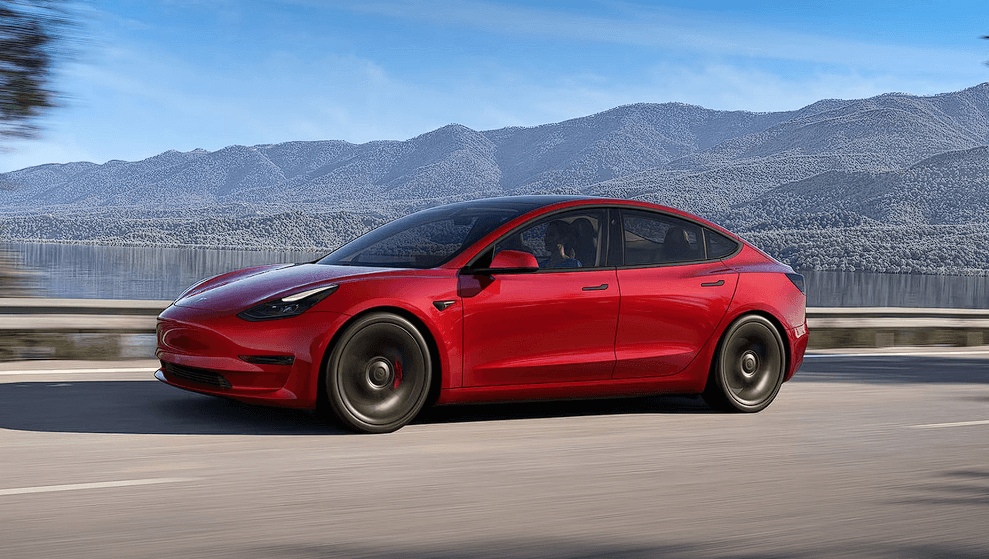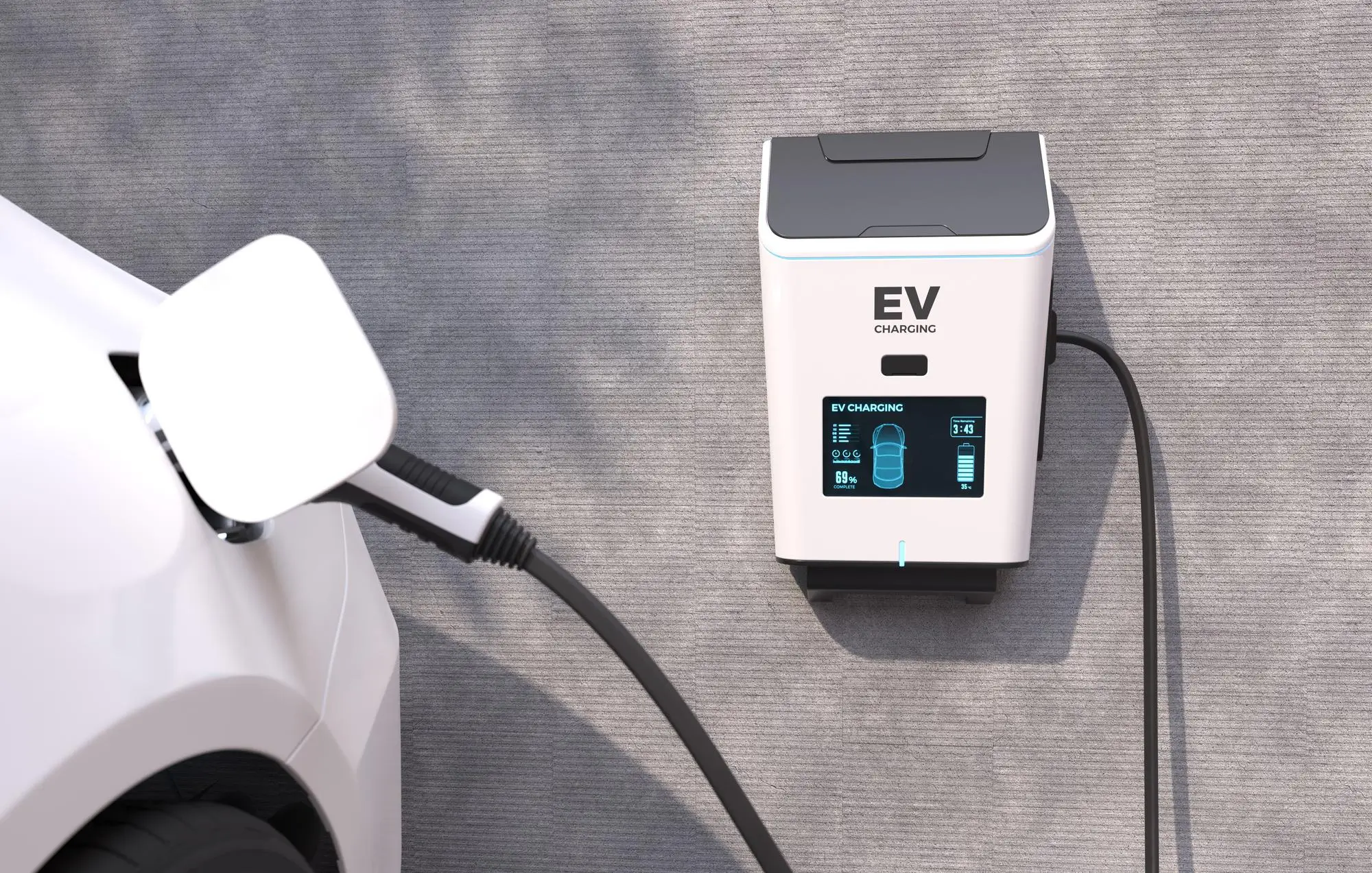China Overtakes Japan as the Biggest Player in Car Exports (PDF)
In a significant milestone for the global automotive industry, China has emerged as the world’s foremost exporter of passenger cars, surpassing long-standing leaders such as Japan and Germany. The country’s remarkable ascent can be attributed to a combination of factors, including favorable credit tariffs, geopolitical dynamics such as the war in Ukraine, and the growing demand for new energy vehicles (NEVs) worldwide. Let’s delve into the details and understand the key drivers behind China’s rise to the top.

China’s Export Figures
According to recent reports, China exported a staggering 1.07 million cars during the first quarter of 2023 alone, representing a substantial 58 percent increase compared to the previous year. This surge propelled China ahead of Japan, which produced 954,185 cars during the same period, despite a modest growth rate of over 6 percent. Germany, formerly occupying the second spot for passenger car exports, now stands in third place, trailing behind China.
The NEV Revolution
China’s remarkable growth in vehicle production can be largely attributed to the escalating global demand for new energy vehicles. With countries worldwide implementing legislation to curtail fossil fuel emissions, NEVs, including electric cars, have gained immense popularity. China, well-positioned to cater to this demand, has significantly invested in the production of NEVs. As of July 2022, an International Energy Agency report revealed that China accounts for 75 percent of the world’s lithium-ion battery production, 85 percent of anode production capacity, and substantial percentages for cathodes. In the first quarter of 2023 alone, China witnessed a remarkable 90 percent increase in the export of NEVs compared to the previous year.
Geopolitical Factors
The ongoing war in Ukraine has also played a role in China’s export dominance. As Western countries imposed trade sanctions on Moscow, Russia turned to China for its automotive needs. While prominent international carmakers like Volkswagen and Toyota withdrew from the Russian market following the Ukraine invasion, Chinese manufacturers such as Great Wall, Chery, and Geely have capitalized on the new demand, experiencing a significant boost in market share.
Tesla’s Presence and Expansion
Tesla, the renowned electric car manufacturer headed by Elon Musk, has also reaped the benefits of China’s burgeoning automotive industry. With its enormous Shanghai manufacturing plant, known as the Gigafactory, Tesla has been able to export vehicles to Europe and Japan. Currently capable of producing 1.25 million vehicles per year, the Gigafactory is planning to further expand its capacity. Although Chinese-built Teslas are not yet imported into the United States, the company recently commenced the production of Model Y sport utility vehicles for export to Canada.
Leading Exporters
Among China’s top exporters of NEVs, two prominent automakers stand out. SAIC Motor, the state-owned automaker based in Shanghai, is renowned for its MG brand, while BYD Auto Co., Ltd., a subsidiary of the Chinese multinational manufacturer BYD Company, has garnered attention with its automotive ventures backed by notable investor Warren Buffett.
Import Tariffs and the US Market
It is worth noting that import tariffs imposed by the US government have largely restricted the entry of Chinese cars into the American marketplace. However, General Motors (GM) has managed to navigate this barrier and continues to sell its Buick Envision SUV, priced at approximately $35,000, in the US. In the past year, GM imported 36,407 vehicles manufactured in China, with the majority comprising the popular Buick SUV. Additional imports were brought in by Polestar and Volvo brands.
Ambitious Goals for the Future
China’s automotive manufacturing sector is showing no signs of slowing down, as evidenced by the ambitious target recently set by the deputy chief engineer at the state-backed China Association of Automobile Manufacturers. With an aim to export 8 million passenger vehicles by 2030, this goal is a testament to the nation’s dedication to strengthening its influence in the global car export market. China is on track to be a major force in shaping the future of the automotive industry worldwide.
The Chinese rise to become the world’s largest exporter of passenger cars marks a significant shift in the automotive industry’s power dynamics. By capitalizing on global demand for NEVs, leveraging geopolitical opportunities, and establishing manufacturing prowess, China has firmly established itself at the forefront of car exports. As the nation sets its sights on ambitious future goals, the rest of the world will closely observe China’s continued dominance in the automotive landscape and its potential to shape the industry’s future trajectory.




